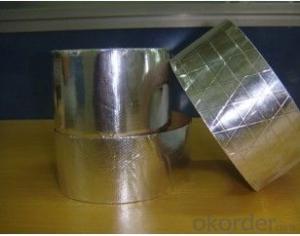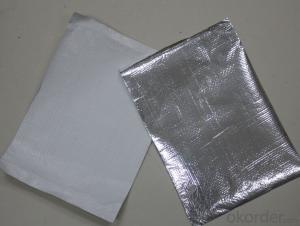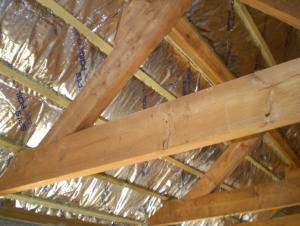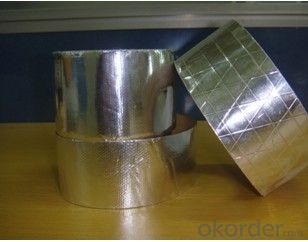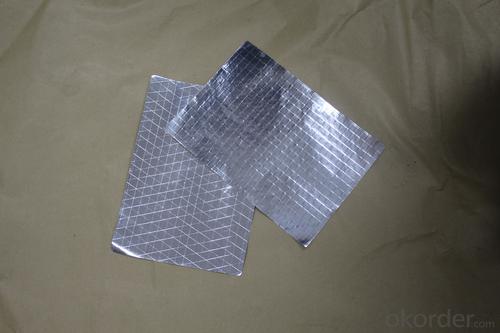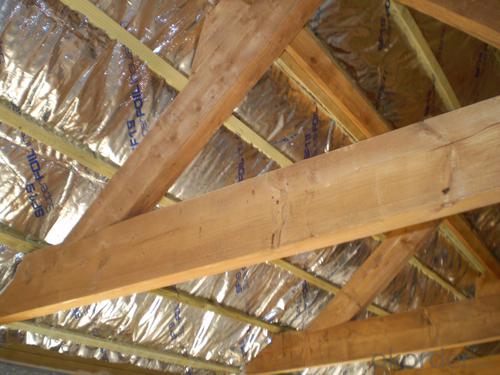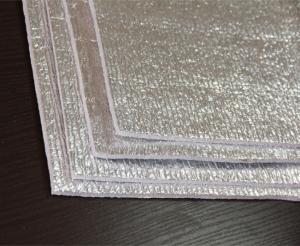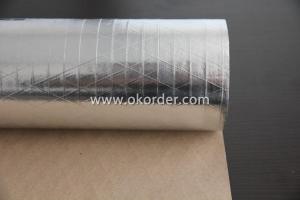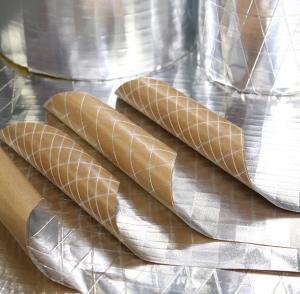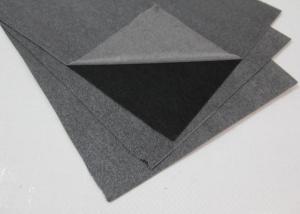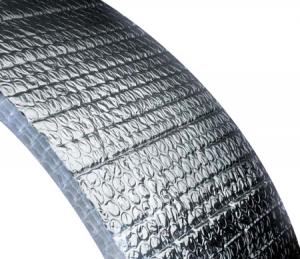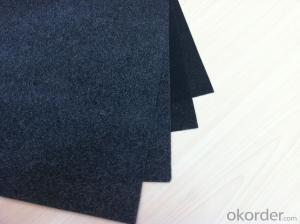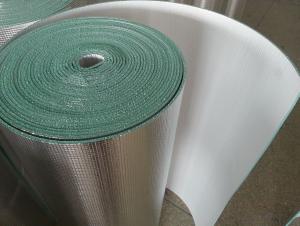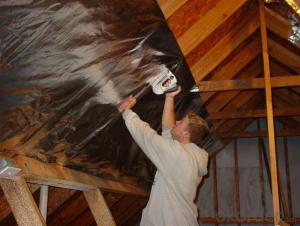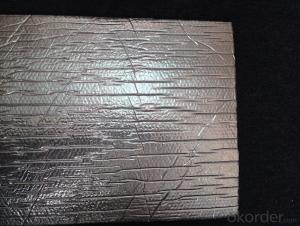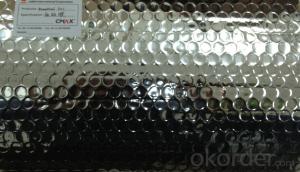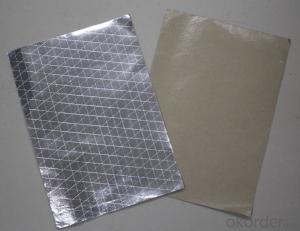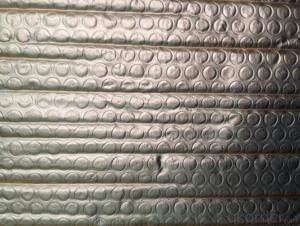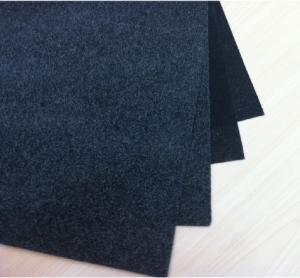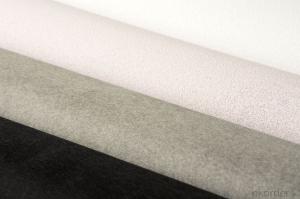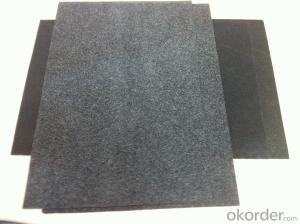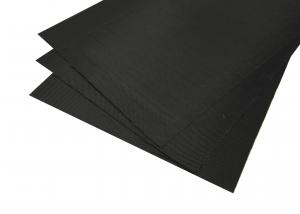Fiberglass Facing Flexible Ducts Bubble Foil Green Foil
- Loading Port:
- China Main Port
- Payment Terms:
- TT OR LC
- Min Order Qty:
- -
- Supply Capability:
- -
OKorder Service Pledge
OKorder Financial Service
You Might Also Like
Application:
1,Building Thermal Insulation Material
(1),Roof,Underlay,Under Concrete & floor Insulation;
(2),Attic,Crawl Space,Stud Wall ,Metal Frame Building Insulation.
2,Wrapping
(1),Protective coatings of ventilating pipe,HVAC Duct & Pipe;
(2),Shells of air conditioner and water heater.
Feature:
1), Waterproof, heavy duty, clean, light, flexible, non-absorbent surface
2), Fire resistant & antiglare
3), Recyclable, environmentally friendly
4), Effective in extreme temperatures both hot and cold
5), Easily install, cut, stapled, nailed or glued into place
6), Safe to handle with no special clothing or breathing Equipment
Feature:
1), Waterproof, heavy duty, clean, light, flexible, non-absorbent surface
2), Fire resistant & antiglare
3), Recyclable, environmentally friendly
4), Effective in extreme temperatures both hot and cold
5), Easily install, cut, stapled, nailed or glued into place
6), Safe to handle with no special clothing or breathing Equipment
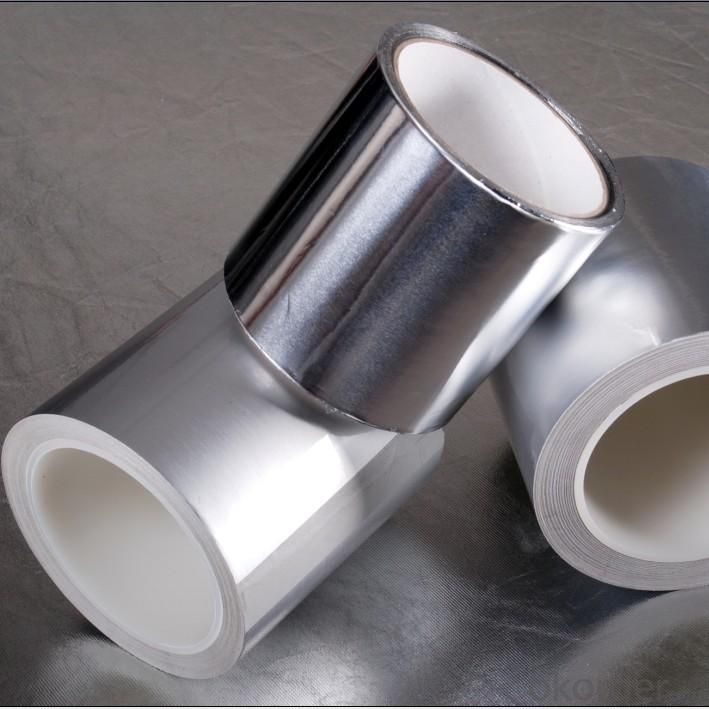

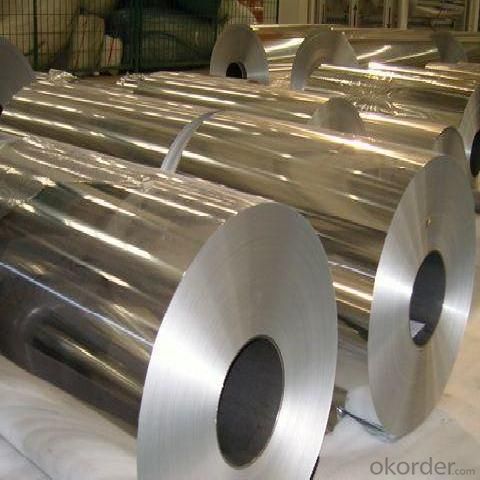
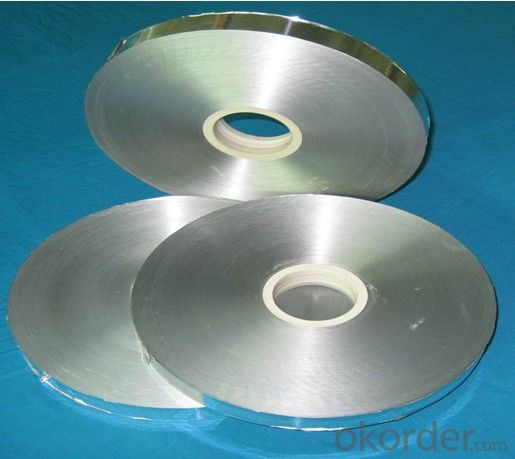
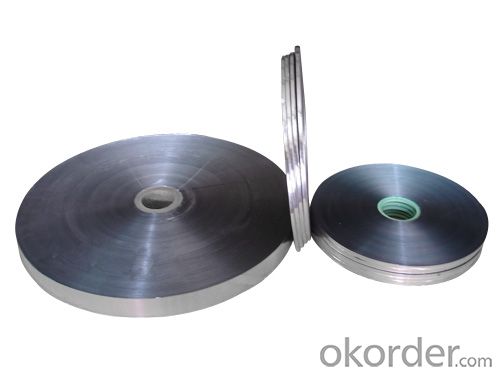
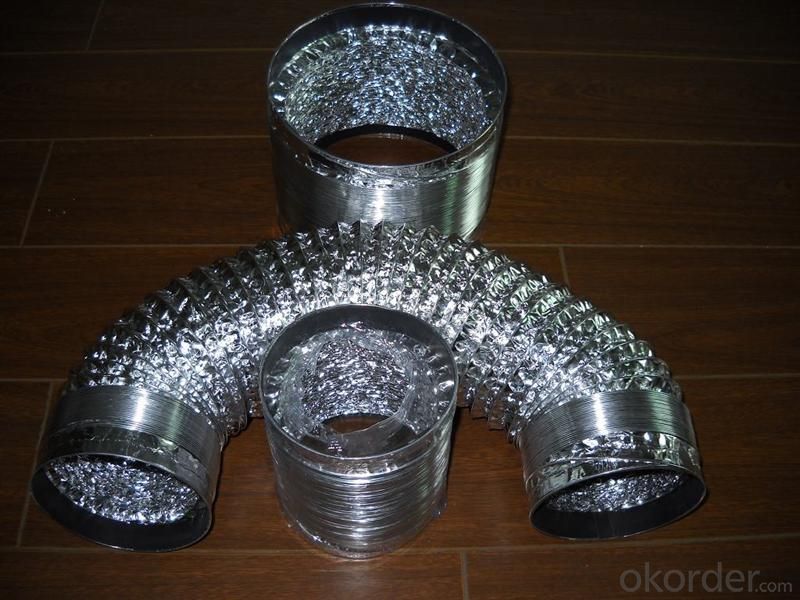
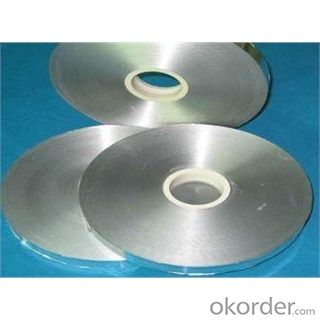
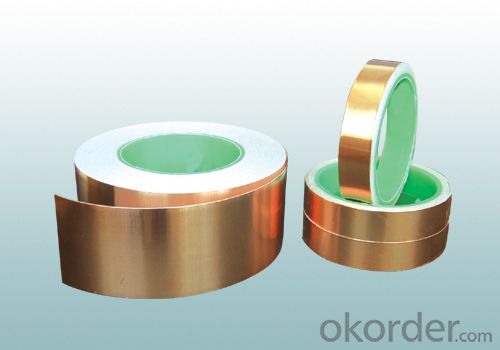

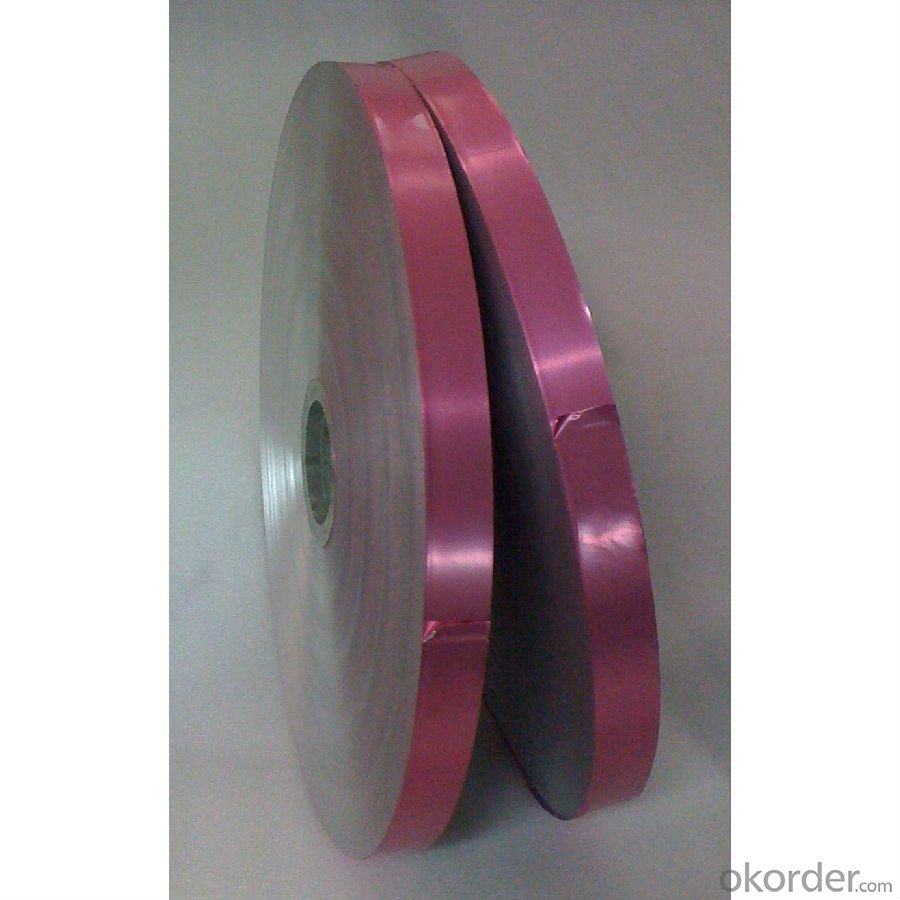
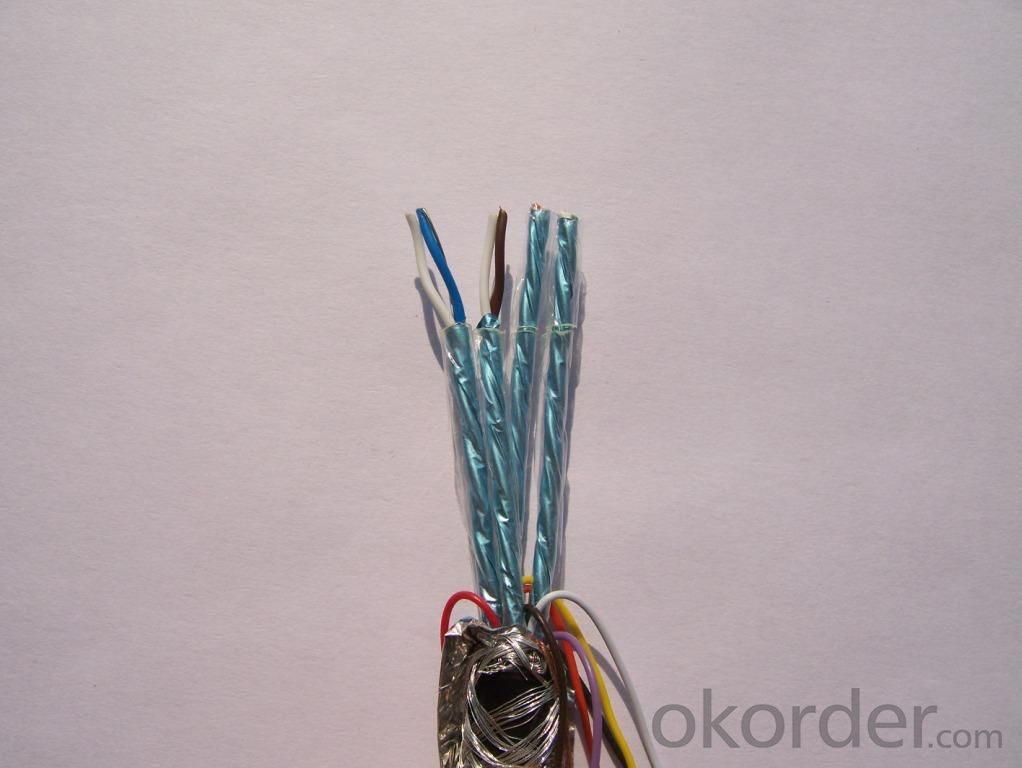
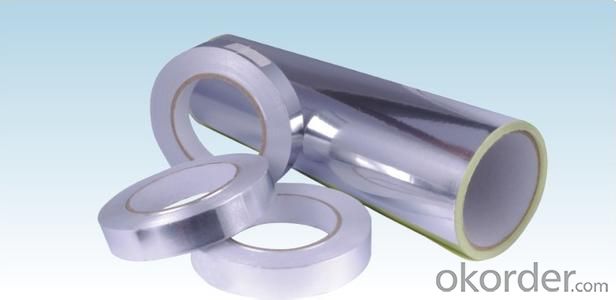
- Q: Can black fiberglass tissues be utilized in creating decorative elements for indoor spaces?
- <p>Yes, black fiberglass tissues can be used to create decorative elements for interiors. Known for their durability and flexibility, they can be molded into various shapes and designs. They are often used in modern and industrial designs for their sleek appearance and strength. However, it's important to note that fiberglass may require special handling and installation due to its material properties, and it's advisable to consult with professionals to ensure safety and proper application in interior design.</p>
- Q: Is it possible to utilize black fiberglass tissue as an insulating material in buildings located in cold climates?
- <p>Yes, black fiberglass tissue can be used for building insulation in cold climates. It is a type of insulation material known for its thermal resistance properties. Black fiberglass, or black fiber glass, has a higher emissivity than traditional white fiberglass, which means it can radiate absorbed heat back into the space, potentially reducing heat loss. However, it's important to consider that black surfaces may absorb more solar radiation, which could lead to increased cooling loads in warmer months. The choice of insulation material should be based on the specific climate conditions, building design, and energy efficiency goals.</p>
- Q: Is it possible to utilize black fiberglass tissue for crafting decorative items?
- <p>Yes, black fiberglass tissue can be used to create decorative elements. It is known for its strength, durability, and flexibility, making it an ideal material for various artistic and design applications. Fiberglass can be molded into different shapes and forms, and its black color can add a sleek, modern touch to any decor. It's often used in combination with other materials to create unique and eye-catching designs, from wall art to furniture accents. However, it's important to handle fiberglass with care due to its potential health risks and to ensure proper ventilation during any cutting or shaping processes.</p>
- Q: Is it possible to use black fiberglass tissue in the manufacturing of furniture?
- <p>Yes, black fiberglass tissue can be used for furniture manufacturing. It is known for its strength, durability, and resistance to various environmental conditions, making it suitable for creating sturdy and long-lasting furniture. Fiberglass is often used in outdoor furniture and certain types of modern indoor furniture due to its versatility and ability to be molded into various shapes. However, it's important to consider the aesthetic appeal and the specific requirements of the furniture design when choosing to use black fiberglass tissue.</p>
- Q: Can black fiberglass paper be utilized as a material for flooring?
- <p>Black fiberglass paper is not typically used for flooring materials. It is primarily used for insulation and as a reinforcement material in various applications due to its heat resistance and strength. Flooring materials usually require different properties, such as durability, resistance to wear, and comfort underfoot. Common flooring materials include wood, laminate, vinyl, and ceramic tiles, which are designed to withstand foot traffic and provide a comfortable surface for walking.</p>
- Q: Is it possible to utilize black fiberglass tissue in construction?
- <p>Yes, black fiberglass tissue can be used as a building material. It is known for its strength, durability, and resistance to various environmental factors, making it suitable for construction purposes. It is often used in the form of reinforced plastic or composite materials, enhancing the structural integrity of buildings and providing insulation. However, it's important to follow specific guidelines and regulations for its use in construction to ensure safety and effectiveness.</p>
- Q: Is it possible to utilize black fiberglass tissue as an insulating material within the structure of greenhouses?
- <p>Yes, black fiberglass tissue can be used for insulation in greenhouses. It is known for its thermal insulation properties, which can help retain heat inside the greenhouse, reducing the need for additional heating and maintaining a stable temperature. Additionally, black fiberglass is resistant to moisture and pests, making it a durable choice for greenhouse insulation. However, it's important to ensure proper installation and ventilation to prevent any potential issues related to condensation or air quality.</p>
- Q: China's glass fiber product code is what?
- The code name of the song, for example, the order: ???????????? C C 8-36 × 2 × 3 S 110 ???????????????????????????????????? Twist (twist / m) ???????????????????????????????????? Twist ???????????????????????????????????? And twist the number of shares ???????????????????????????????????? Number of shares released ???????????????????????????????????? Original yarn density (g / 1000m) ???????????????????????????????????? Single fiber nominal diameter (m?) ???????????????????????????????????? Continuous glass fiber ???????????????????????????????????? Alkaline glass fiber Description: ① twist to S that the right twist, Z said left twist:
- Q: What distinguishes black fiberglass from other types of glass fiber in terms of properties and applications?
- <p>Black fiberglass is a type of glass fiber that has been treated with a black pigment or dye, which gives it a distinct appearance and specific properties. Unlike other types of glass fibers which can be clear or have other colors, black fiberglass is primarily used for aesthetic purposes or to absorb light, reducing glare and reflections. It is often used in applications where a dark, non-reflective surface is desired, such as in some types of automotive components, exterior building materials, or in certain industrial settings. Other types of glass fibers may be used for their strength, insulation properties, or electrical non-conductivity, and are not necessarily colored. The choice between black fiberglass and other types of glass fibers depends on the specific requirements of the application in terms of appearance, performance, and functionality.</p>
- Q: This question asks about the various types of black fiberglass tissue that can be found in the market.
- <p>There are several types of black fiberglass tissue available in the market, each with distinct properties and applications. These include woven roving, chopped strand mat, continuous filament mat, surfacing mat, and stitch-bonded mat. Woven roving is used for high strength applications, chopped strand mat for general reinforcement, continuous filament mat for smooth surfaces, surfacing mat for providing a smooth finish, and stitch-bonded mat for added dimensional stability. Each type varies in weave, density, and fiber length, catering to different industrial needs.</p>
Send your message to us
Fiberglass Facing Flexible Ducts Bubble Foil Green Foil
- Loading Port:
- China Main Port
- Payment Terms:
- TT OR LC
- Min Order Qty:
- -
- Supply Capability:
- -
OKorder Service Pledge
OKorder Financial Service
Similar products
Hot products
Hot Searches
Related keywords
